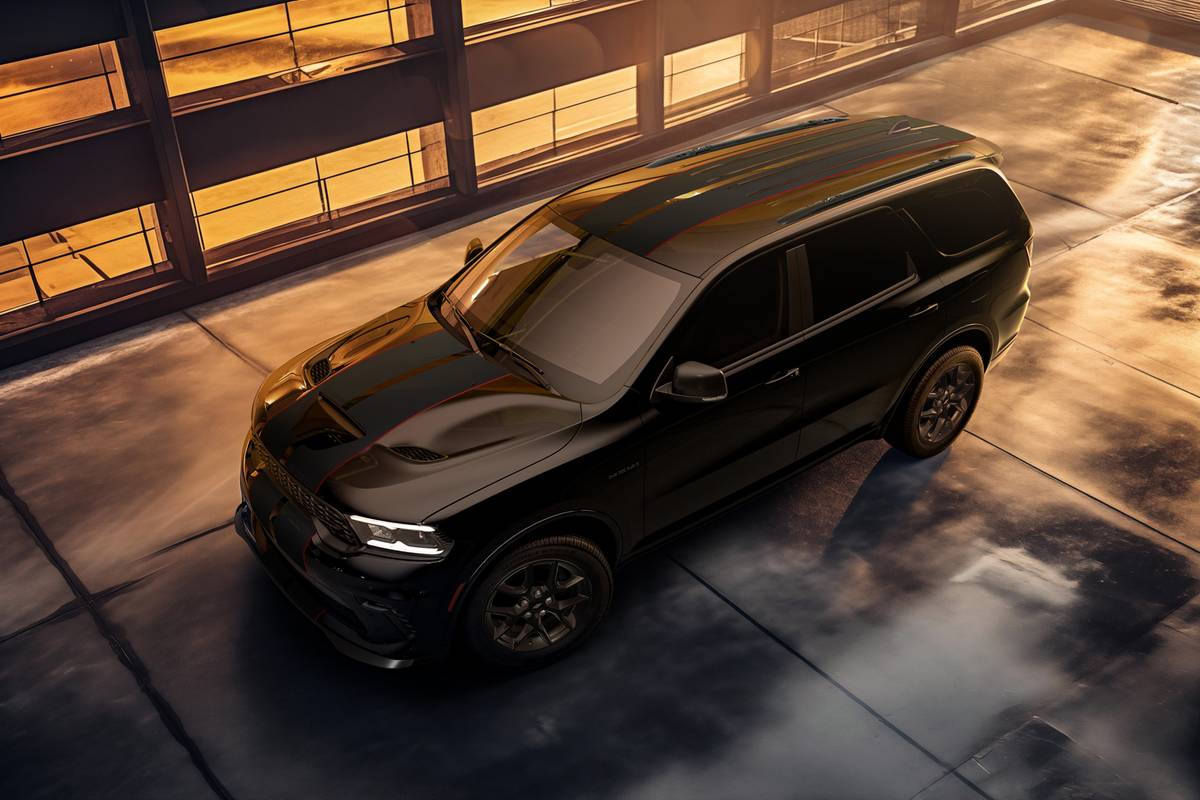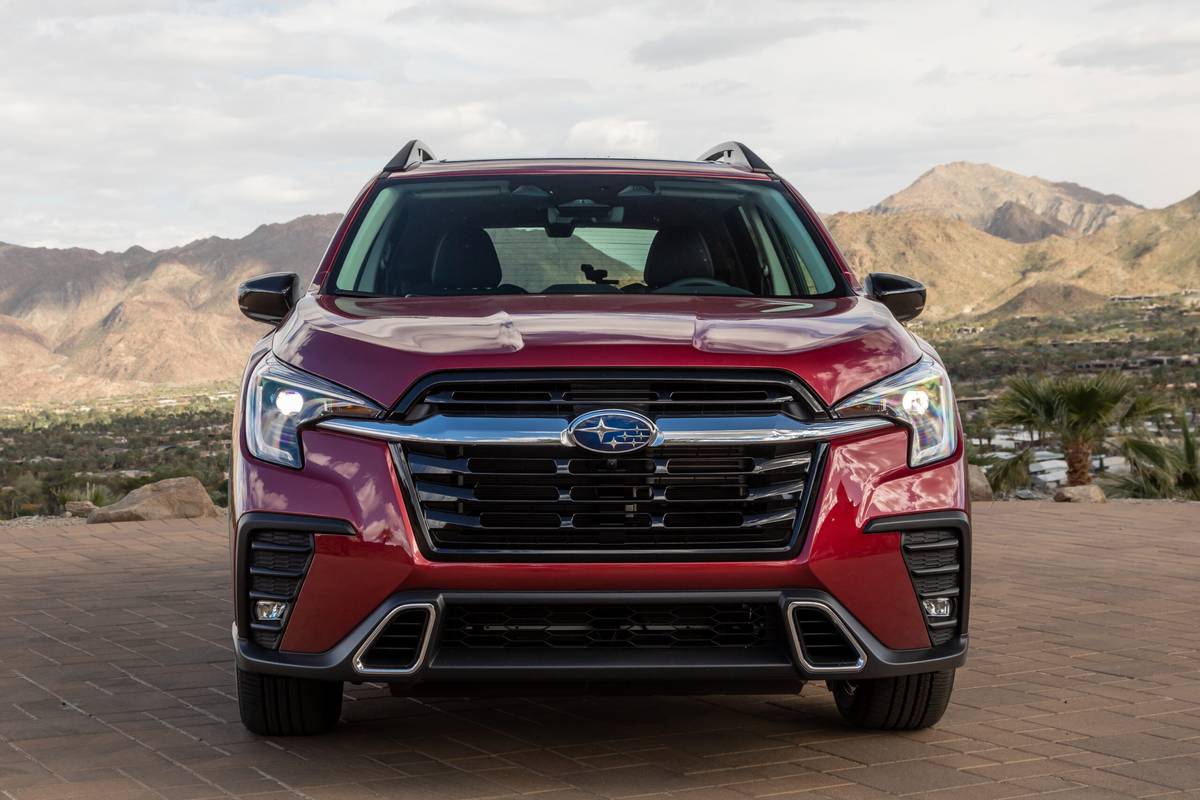Orlando Sentinel's view
The Chevrolet Corvette ZR-1 is the heartache of America.
It has captured the imaginations of generations of car enthusiasts. From grade-school kids to gray-haired hot-rodders from the 1950s, they know what this car is all about.
It’s about speed.
It’s about total performance.
It’s about being among the best in world.
And they love it.
But few will ever own one, ride in one, or even see one except in newspapers and magazines.
The ZR-1 is in very limited production and it carries a high price tag.
Maybe that’s why the ZR-1 has a mystique that’s unheard of – at least in recent memory – for an American car.
People who don’t even like Corvettes turn as you drive by to see if you are driving the Corvette, the one that can blow the doors off nearly everything from Europe and Japan. The only way you can tell a ZR-1 from a regular Corvette is by looking at its rear end. It has been made wider – because of the fatter tires – and features different taillights plus a small ZR-1 badge on the bumper.
When the phone rang and Chevy’s Ron Shannon asked if I’d like a ZR-1 for five days, I had to be scooped off the floor, carted away on a stretcher and hustled to the nearest oxygen tank.
I’ve read magazine articles from all over the world about the ZR-1. The Europeans don’t get excited about much of anything from Detroit these days, but when they say things like, ”The ZR-1 moves the Corvette out of its position as merely America’s best sports car . . . and solidly into the world class for performance cars,” you know you are about to slide behind the wheel of a serious machine, one that doesn’t need stripes and spoilers to convey its performance potential.
Though I never had driven a Corvette before, I decided that in my five days with the ZR-1, my mission would be to determine if all the hype, praise and accolades heaped upon this 375-horsepower beast really are deserved.
The truth is, only some are.
The truth is, one finds it easy to overlook the car’s shortcomings and be blown away by the ZR-1’s sheer strength, handling, braking, and blinding speed.
If the ZR-1 had 1,000 horsepower, you’d still need a spine with the characteristics of a Slinky in order to get in and out of it. Even if the ZR-1 couldn’t go from 0 to 100 and back again in less time than it takes to wink an eye, the driver still would find little room for his or her feet.
But it is true that when you are driving the ZR-1, your priorities change and your sense of awareness is so elevated that you don’t think of these minor discomforts. The ZR-1 driving experience is a heart-pounding, adrenalin-pumping affair. Your attention is riveted to the road, because when you’re driving the No. 1 performance vehicle on the road the only place you can go is down. And you must keep up your guard. It’s a matter of pride.
When drivers of other performance cars get frisky, it takes a nearly inhuman amount of self-di scipline to not give in to your instincts and assert the ZR-1’s brute strength. You know you can easily dispose of such pedestrian performance vehicles as Porsches – with utter violence. You simply apply the appropriate amount of pressure to the accelerator and zoom by with hurricane force velocity.
Though the car offers plenty of potential for overdoing it, I emerged from my time behind the wheel of the ZR-1 with my clean driving record intact and my ego bloated to record proportions. That’s the reason the ZR-1 – or any supercar – exists. Its mission is to hustle you to 60 mph in a few seconds and make you feel great getting there. It’s not only a show of mechanical force but a show of economic force.
Anyway, the nice thing about the ZR-1 is that even though it is built to accelerate from 0 to 60 in less than 4.5 seconds, it is docile enough to be driven normally in everyday traffic without getting cranky. Judicious use of the gas pedal, combined with sixth gear an cruise control, will get you better than 23 miles per gallon on the highway.
That’s right, sixth gear. The ZR-1 comes with a six-speed manual transmission. Coupled with the four-cam, 32-valve V-8 under the hood, the ZR-1 can attain a top speed of better than 180 mph. No automatic transmission is offered in the ZR-1.
The ZR-1’s power plant is a collaborative effort combining the talents of GM’s best engineers with some of the finest minds at GM’s Lotus subsidiary in England. The result is a unique high-performance engine. Yes, there are 32 valve V-8s running around in Mercedes-Benz, Lexus, Infiniti and other cars, but they are not set up like the ZR-1 engine.
The ZR-1 has not eight, but 16 fuel injectors – two for each cylinder. It also has two intake runners for each cylinder instead of one. When you drive the ZR-1, you hold the keys to performance – literally.
The ZR-1 comes with two keys, one is for the ignition. The other is what Chevy calls the ”power key.” It fits in a switch near the shifter. When the power key is off, the ZR-1 runs and drives about the same as a regular Corvette. It is there, presumably, to keep less-experienced drivers out of trouble. But when you turn the power key on, a light on the dash reads ”FULL ENGINE POWER.” And that’s when the magic starts.
Mustang GTs, Nissan 300ZXs and Porsches turn into nothing more than bothersome gnats around this thundering giant.
As you might expect in a car capable of such high speeds, things like braking, steering and handling are, well, industrial strength.
Until now I’ve said nothing about what it’s like to drive the ZR-1.
There’s nothing you can’t do. It’s that simple. I encountered no curve the ZR-1 didn’t dispose of with finesse – at any speed. No squealing of tires. No awkward popping out of your lane on sharp fast turns. You just point the car where you want to go and it takes you there with incredible ease. Repeated applications of the anti-lock brakes produced no fade or any other trauma. And there certainly was no car ahead of me unless I wanted it there.
I really liked the ZR-1 most driving in the rain. The car’s huge tires – 17 inches in diameter and speed-rated to 193 mph – ensure that most of the tenacious grip they provide on dry pavement is retained on wet pavement. Coupled with excellent visibility, they make one feel completely secure in a heavy downpour.
This year, the instrument panel has been redesigned and contains a mixture of analog and digital instruments. It’s OK but not great. The leather seats may be without peer. They can be configured to fit nearly any physique. Once you settle in and dial in the proper adjustments, they are quite comfortable for long cruises.
Here’s what the ZR-1 market is like at this moment: Chevy is building only 3,000 ZR-1s this year. Dealers are charging a hefty premium over sticker price, and there is a horde of hucksters buying and selling ZR-1s for as much as $90,000. A little hustling should be able to get you one for a price in the low $70s. That may change because ZR-1 prices are fluctuating daily.
During my time with the ZR-1, I stuffed as many people into the passenger seat as I could and took them for hair-raising rides. Everyone loved it. I took it to a hot-rod hangout and stood aside as people marveled at it.
There are people who love only Fords and people who love only Chevys. There are people who are convinced GM has gone down the tubes and there are people who buy only foreign cars.
But one thing is clear: If there is one car that has united everybody this year, the ZR-1 is it.
For GM, it’s a magnificent achievement.
Latest news



